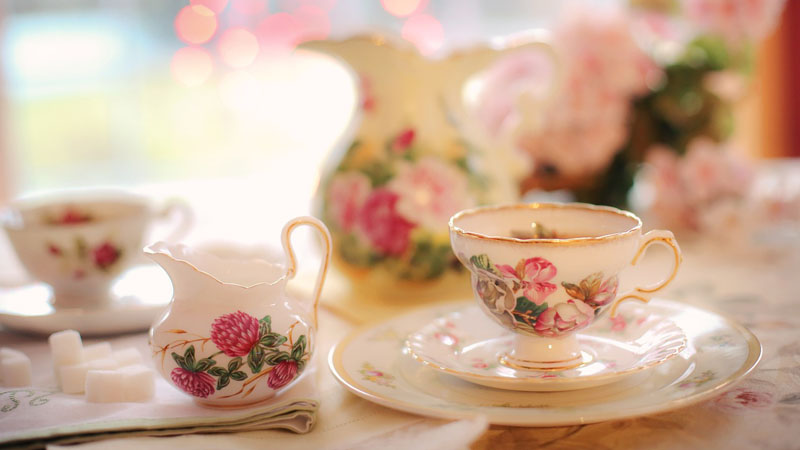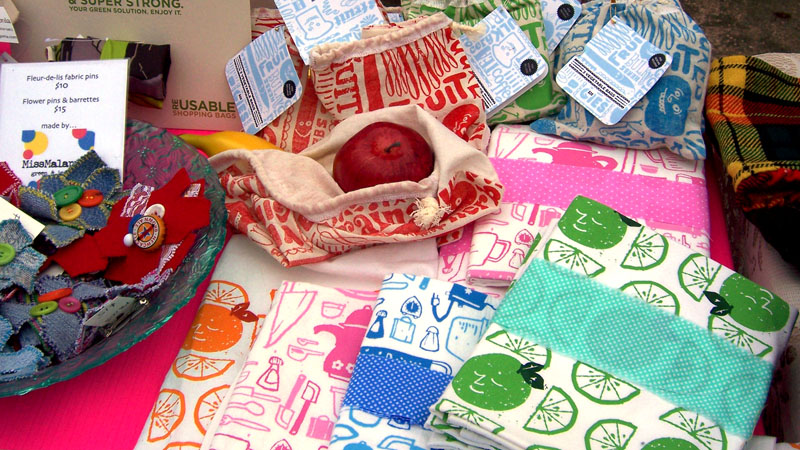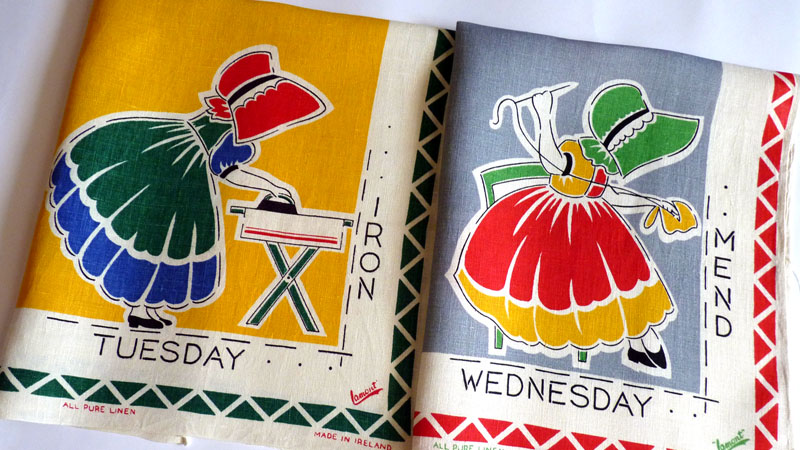1. Tea Towels Originated in 18th-century England
They were absorbent towels made from soft, lint-free linen. The lady of the household would use them to dry fine china and delicate tea sets, jobs that were considered too important to trust to potentially clumsy servants. The towels would also be used during tea. They would often be wrapped around the teapot to insulate it and prevent inelegant drips. One might also use a tea towel to cover a plate of baked goodies before serving.

2. Tea Towels Designed to Match Table Linens
These tea towels would be designed to match the rest of the table linens and were often used as a vehicle for women to show off their embroidery skills. Later, like many other household linens, tea towels were mass-produced by factories in a wide variety of styles and colors.

3. Tea Towels’ New Evolution in America
Tea towels had yet another evolution this time in America during the Great Depression. During this period money was scarce, so resourceful housewives would cut up and embroider cloth flour sacks to use as towels (they would also turn them into clothing and other household textiles, but that’s another BeWeave It). The flour companies soon realized what was happening and started selling their products in cloth sacks that had floral or other nice patterns on them. Women would save the bags to sew and trade with other women in the community.

4. Tea Towels Becomes an Art
While many weavers would consider their tea towels works of art, there are actually some hanging up in museums. Apparently, when he was out of supplies and low on money, Vincent van Gogh would use whatever materials he could find to paint on, including tea towels. One such work, a still life of flowers in a vase painted toward the end of his career, sold at auction for £2.1 million—that’s about 3.5 million dollars, a heady fate for a humble towel.


